
The Dish’s Weekly Biotechnology News Wrap Up – April 21, 2023
This week’s headlines include: After going all-in on blood cancer therapy, Gamida Cell scores big win at FDA, Cutting edge technology for vascularized kidney organoids, BIO submits comments on IRA’s Medicare Drug Price Negotiation Program, Increasing process efficiency with X-platform bioreactors by Cytiva, Action Needed to Hit ‘Moonshot’ Goal of Halving Cancer Deaths by Mid-Century, Despite access barriers, physicians prefer CAR-T for treatment of advanced B-cell lymphoma, and Moderna/Merck cancer vaccine plus Keytruda delays skin cancer return.
Podcasts:
Check out our podcast channel. We have over 50 great podcasts covering drug discovery, stem cell culture, upstream and downstream biomanufacturing and more! Click below to download from iTunes or Google play:
![]()
![]()
In Case You Missed It, Recent Articles on Cell Culture Dish and Downstream Column:
![]()
Cellvento® 4HEK Medium Provides a Comprehensive Media Solution for all Scales of AAV Production
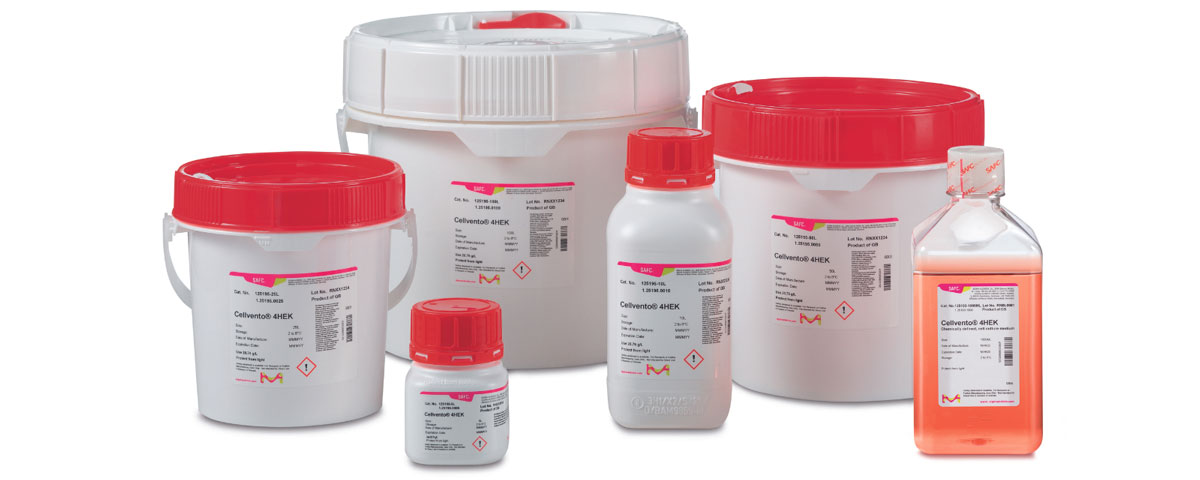 Streamlining the adeno-associated virus (AAV) production process is a top priority for gene therapy development, as there are still issues that limit consistency and productivity. When looking at the AAV production process using human embryonic kidney (HEK) 293 cells, cell culture media has been a challenge. Specifically, there are a limited number of serum-free media that are specifically designed for AAV production at all scales, and this impacts the production consistency. To further complicate matters, there are a variety of commercially available HEK293 cell lines used and each have unique properties and different nutritional requirements, which make it difficult and time consuming to find a medium to support each cell line. In addition, because of the lack of a stable production cell line, plasmids are used for transient transfection, which means a transfection friendly media is important. Lastly, high AAV titer is needed due to large dose requirements, this means that a successful medium must be extensively optimized to each cell line to ensure high productivity…
Streamlining the adeno-associated virus (AAV) production process is a top priority for gene therapy development, as there are still issues that limit consistency and productivity. When looking at the AAV production process using human embryonic kidney (HEK) 293 cells, cell culture media has been a challenge. Specifically, there are a limited number of serum-free media that are specifically designed for AAV production at all scales, and this impacts the production consistency. To further complicate matters, there are a variety of commercially available HEK293 cell lines used and each have unique properties and different nutritional requirements, which make it difficult and time consuming to find a medium to support each cell line. In addition, because of the lack of a stable production cell line, plasmids are used for transient transfection, which means a transfection friendly media is important. Lastly, high AAV titer is needed due to large dose requirements, this means that a successful medium must be extensively optimized to each cell line to ensure high productivity…Advancements in Cell and Gene Therapy Stirred-Tank Bioreactor Suspension Culture

In this podcast, we talked with Dr. Ma Sha, Head of Bioprocess Applications at Eppendorf SE about advancements and challenges in cell and gene therapy production along with solutions for scale up and transition to stirred-tank bioreactor suspension culture.
GenScript’s Protein Molecular Weight Calculator – A Reliable and Easy-to-Use Tool for Accurate Molecular Weight Determination
 Peptide molecular weight calculators are important because they provide a quick and easy way to determine the molecular weight of a peptide. Peptides are short chains of amino acids joined together by peptide bonds with a wide range of applications in various fields of research, including biology, medicine, and peptide chemistry. Accurately determining the molecular weight of peptides is essential for many research and development applications, such as peptide synthesis, protein purification, and drug development. For example, in peptide synthesis, knowing the molecular weight of a peptide is essential to determine the appropriate amount of starting materials required for the synthesis reaction…
Peptide molecular weight calculators are important because they provide a quick and easy way to determine the molecular weight of a peptide. Peptides are short chains of amino acids joined together by peptide bonds with a wide range of applications in various fields of research, including biology, medicine, and peptide chemistry. Accurately determining the molecular weight of peptides is essential for many research and development applications, such as peptide synthesis, protein purification, and drug development. For example, in peptide synthesis, knowing the molecular weight of a peptide is essential to determine the appropriate amount of starting materials required for the synthesis reaction…
Automating Osmolality Monitoring in Upstream and Downstream Bioprocessing

Osmolality, the concentration of a solute in a given solvent, is a frequently monitored critical quality attribute (CQA) in bioprocessing. The need to test osmolality is present throughout upstream and downstream bioprocessing. However, many current methods for monitoring osmolality are inefficient and not geared to support high throughput. Developers are increasingly looking to make critical product decisions earlier in process development. This requires testing more conditions in a shorter timeline and making the results quickly and easily accessible. For companies to have the confidence needed to make these decisions, the data generated in testing must be accurate and have low variability. The increase in testing and data generation has resulted in bioprocessing incorporating more high-throughput and automation solutions. Thus far there has not been an osmolality monitoring solution that can support this level of high throughput with accurate, precise results…
GenScript Real-time PCR (TaqMan) Primer and Probes Design Tool
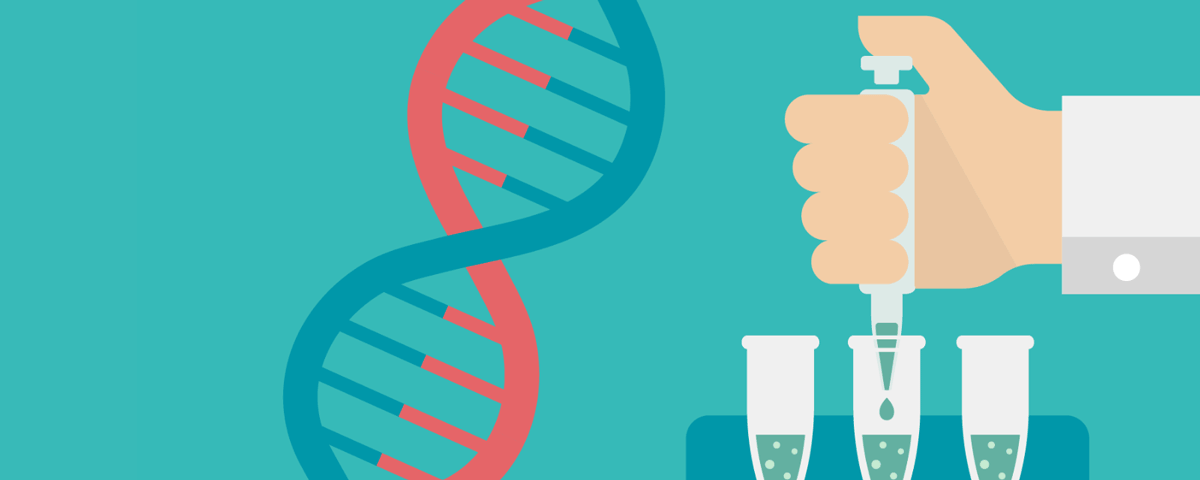 Real-time PCR is a powerful molecular biology technique used in various fields that enables the quantification and amplification of specific nucleic acid sequences in real-time. The TaqMan assay is a popular real-time PCR method that employs fluorescent probes to detect and quantify DNA or RNA targets in samples that contain only a few copies, making it valuable in applications ranging from clinical diagnostics to genetic research. The PCR reaction relies on oligonucleotide probes designed to hybridize specifically to the target sequence and are composed of a fluorescent reporter dye and a quencher dye at the 5′ and 3′ ends, respectively. The primers flanking the target sequence serve as the starting point for the Taq polymerase for synthesis of the template…
Real-time PCR is a powerful molecular biology technique used in various fields that enables the quantification and amplification of specific nucleic acid sequences in real-time. The TaqMan assay is a popular real-time PCR method that employs fluorescent probes to detect and quantify DNA or RNA targets in samples that contain only a few copies, making it valuable in applications ranging from clinical diagnostics to genetic research. The PCR reaction relies on oligonucleotide probes designed to hybridize specifically to the target sequence and are composed of a fluorescent reporter dye and a quencher dye at the 5′ and 3′ ends, respectively. The primers flanking the target sequence serve as the starting point for the Taq polymerase for synthesis of the template…
![]()
Simplified, Closed Slurry Preparation to Manage a Wide Range of Chromatography Media for DAC LC Columns
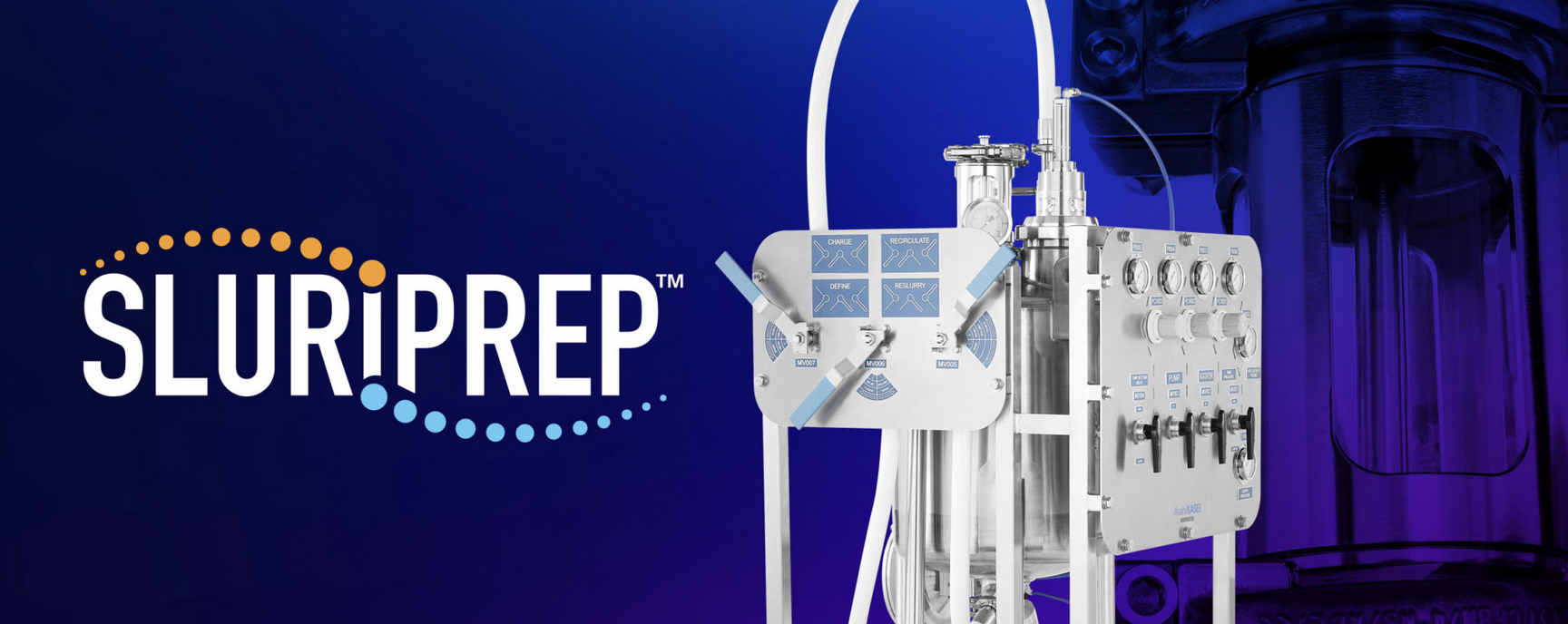
Slurry preparation is a critical step in preparing a well-packed column and achieving a successful bioprocess purification. However, this step can be challenging as different therapeutics require different chromatography media to achieve effective chromatographic separation. For instance, therapeutics in the 5 to 15 kDa range, such as insulins and oligonucleotides utilize rigid and spherical chromatography, which can be more difficult to work with. These media are based on a wide range of matrices including silica gel, polystyrene-divinylbenzene, polymethacrylate, agarose and hydroxyapatite, each with its own packing properties. As these processes are scaled up to larger column diameters, packing media becomes more complex and more crucial for success…
Advanced Single Use Scalable Chromatography System – Delivers 2 Flow Path Sizes in 1 Skid
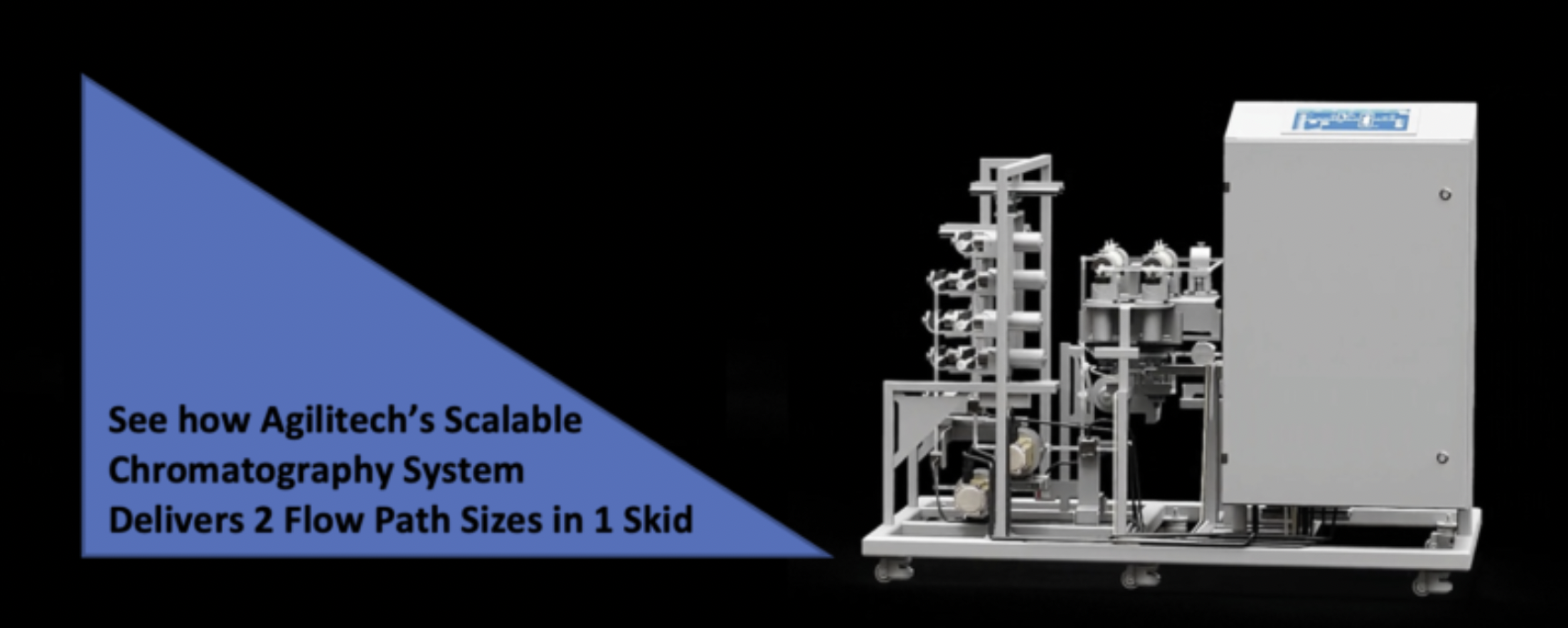
The need for flexibility in bioprocessing is well documented. Changes in demand, multi-product facilities, and technology advancements are just some of the reasons bioprocessing volumes may increase or decrease. Since, it is not time or cost effective to procure, configure, and qualify new equipment to meet changing requirements, equipment that supports process flexibility is advantageous…
New Technology Solutions for Lentiviral Vector Clarification
 The growth of the cell and gene therapy sector, and the growing number of gene and gene-modified cell therapies entering the market has translated into an increased global demand for lentiviral vectors (LVs) as a gene delivery tool. There are currently two FDA approved LV-based cell and gene therapy products—Kymriah® (Novartis) and ZYNTHEGLO® (bluebird bio), and according to the Alliance for Regenerative Medicine, an estimated 48% of the ongoing cell and gene therapy clinical trials use lentiviral vectors, with a significant number in late-stage evaluation. The strong pipeline of LV-mediated gene and CAR-T cell therapy products headed towards market approval means the development of efficient LV vector purification methods to improve yield and recovery is needed to meet the growing demand while also driving down the cost of production…
The growth of the cell and gene therapy sector, and the growing number of gene and gene-modified cell therapies entering the market has translated into an increased global demand for lentiviral vectors (LVs) as a gene delivery tool. There are currently two FDA approved LV-based cell and gene therapy products—Kymriah® (Novartis) and ZYNTHEGLO® (bluebird bio), and according to the Alliance for Regenerative Medicine, an estimated 48% of the ongoing cell and gene therapy clinical trials use lentiviral vectors, with a significant number in late-stage evaluation. The strong pipeline of LV-mediated gene and CAR-T cell therapy products headed towards market approval means the development of efficient LV vector purification methods to improve yield and recovery is needed to meet the growing demand while also driving down the cost of production…
Future Proofing Downstream Bioprocess Operations
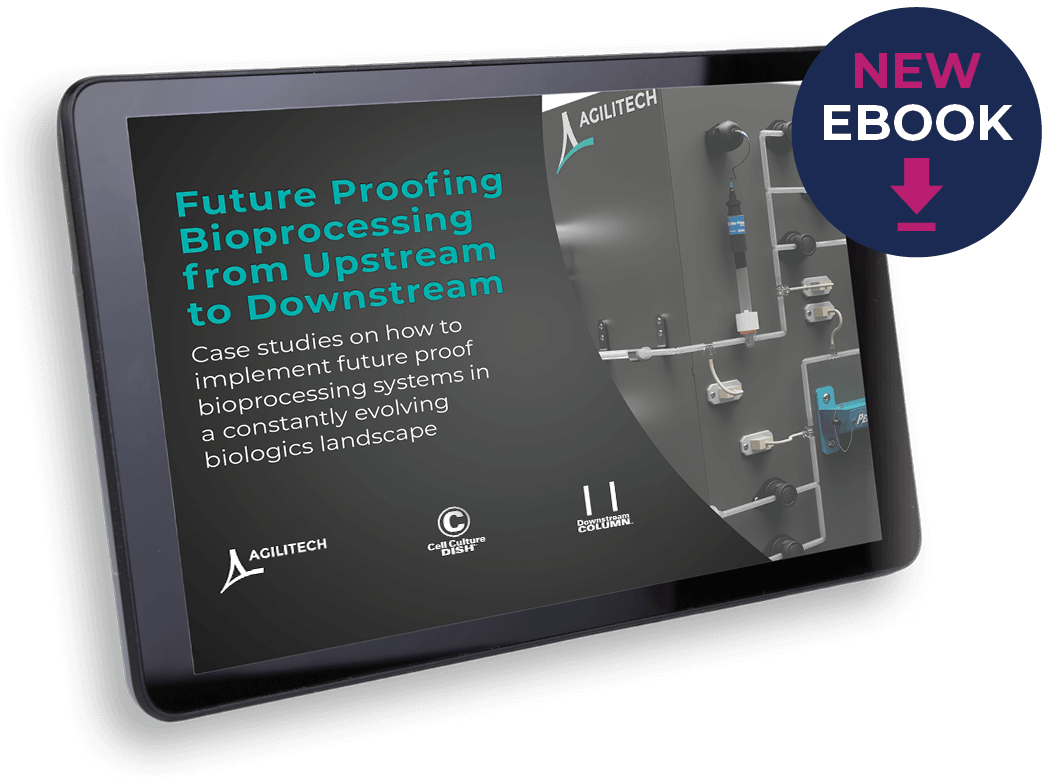
Historically, downstream bioprocesses have been simpler than upstream bioprocesses. They were more manual and Protein A columns permitted a simple and effective purification solution for monoclonal antibodies and protein-based therapeutics. More recently, upstream bioprocesses have undergone significant improvements in process and subsequently yield. These improvements in upstream created bottlenecks in downstream as the systems in place were not prepared to adjust to changes in both the starting material from upstream and yield. As a result, downstream bioprocesses have had to evolve to meet the needs of these new challenges by incorporating technology advancements such as single-use technologies, improved chromatography solutions, continuous processing, advanced buffer management systems, increased automation, and many others…
Webinar:
Balancing innovation, speed, and robustness to improve efficiency in upstream process development
26 APR 2023 8 AM EDT | 2:00 PM CEST
The biopharma industry faces significant challenges. Among these are increased pressure to reduce cost, the need to reduce the time to approval, and a focus on product quality. These challenges are forcing companies to develop new ways to accelerate development cycles, improve manufacturing processes, and implement better control strategies. In this webinar, our seasoned scientists and team leaders will present the latest trends in cell culture technology as well as strategies to accelerate cell line development, media development and raw material characterization. They will also discuss tools and enablers for scale-up and benefits of outsourcing process liquids and buffers.
Join on April 26th 2023 to learn more about “Balancing innovation, speed and robustness to improve efficiency in upstream process development” from our panel of experts.
Headlines:
“After going all-in on blood cancer therapy, Gamida Cell scores big win at FDA,” Fierce Pharma
Just three weeks after reducing its staff by 17% and shelving three pipeline candidates, cash-strapped Gamida Cell has received its long-awaited lifeline. Monday, the company scored FDA approval for Omisirge (omidubicel-onlv), an allogenic cell therapy to reduce the risk of infection in blood cancer patients. Omisirge works by speeding the recovery of neutrophils—a type of white blood cells—which combat infection. Specifically, the drug is approved for patients 12 and older who are undergoing umbilical cord blood transplantation following radiation or chemotherapy…
“Cutting edge technology for vascularized kidney organoids,” AMSBIO Press Release
Professor Ryuji Morizane, a renowned expert in renal research at Harvard Medical School, discusses his award-winning research* where organoid and bioengineering technology was successfully combined to create a kidney organoid with vascular structure. To help facilitate this pioneering work, Professor Morizane’s research group used StemFit® – a feeder-free culture medium for embryonic (ES) and induced pluripotent stem cells (iPSC) without human or animal-derived components.
*Professor Morizane’s research was selected for the NIH Director’s New Innovator Award in 2019…
“BIO submits comments on IRA’s Medicare Drug Price Negotiation Program,” BioNews
On Friday, April 14, the Biotechnology Innovation Organization (BIO) weighed in on initial guidance regarding the Drug Price Negotiation Program (Negotiation Program) under the Inflation Reduction Act of 2022 (IRA). When the IRA was passed, it was the Act’s Negotiation Program that had the biotech industry particularly worried…
“Increasing process efficiency with X-platform bioreactors by Cytiva,” Cytiva Press Release
Cytiva launches X-platform bioreactors to simplify single-use upstream bioprocessing operations. X-platform bioreactors, initially available in 50 and 200 L sizes are provided with Figurate automation solution software and can increase process efficiency through ergonomic improvements, production capability and simplified supply chain operations. The bioreactors also work with the Cytiva Bioreactor Scaler to determine the optimal target settings for scaling without trial and error…
“Action Needed to Hit ‘Moonshot” Goal of Halving Cancer Deaths by Mid-Century,” HealthDay
The United States will fall short of its Cancer Moonshot goal of cutting cancer deaths by at least half over the next 25 years unless more action is taken, a new U.S. National Cancer Institute analysis concludes. Cancer deaths recently have been declining by an average 2.3% a year, which is an accelerated rate compared to the 1.4% per year reduction observed from 2000 to 2015, said lead researcher Meredith Shiels, a senior investigator with the NCI’s Division of Cancer Epidemiology and Genetics. But that trajectory will cut the cancer death rate by only 44% by 2047, Shiels and her colleagues estimated…
“Despite access barriers, physicians prefer CAR-T for treatment of advanced B-cell lymphoma,” Healio
Physicians recommended chimeric antigen receptor T-cell therapy more frequently than any other regimen for third-line treatment of relapsed or refractory diffuse large B-cell lymphoma, survey results showed. However, nearly one-third of patients for whom CAR-T had been recommended did not receive the treatment, findings from a poll of health care professionals presented at National Comprehensive Cancer Network’s Annual Conference revealed…
“Moderna/Merck cancer vaccine plus Keytruda delays skin cancer return,” Reuters
An experimental mRNA cancer vaccine developed by Moderna Inc (MRNA.O) and Merck & Co (MRK.N) cut the risk of death or recurrence of the most deadly skin cancer by 44% compared with Merck’s immunotherapy Keytruda alone, U.S. researchers reported at a medical meeting on Sunday. The findings suggest that adding a personalized cancer vaccine based on mRNA technology to Keytruda, which revs up the immune response, could prolong the time patients have without recurrence or death, said Dr. Jeffrey Weber of the NYU Langone Perlmutter Cancer Center, who presented the findings…
